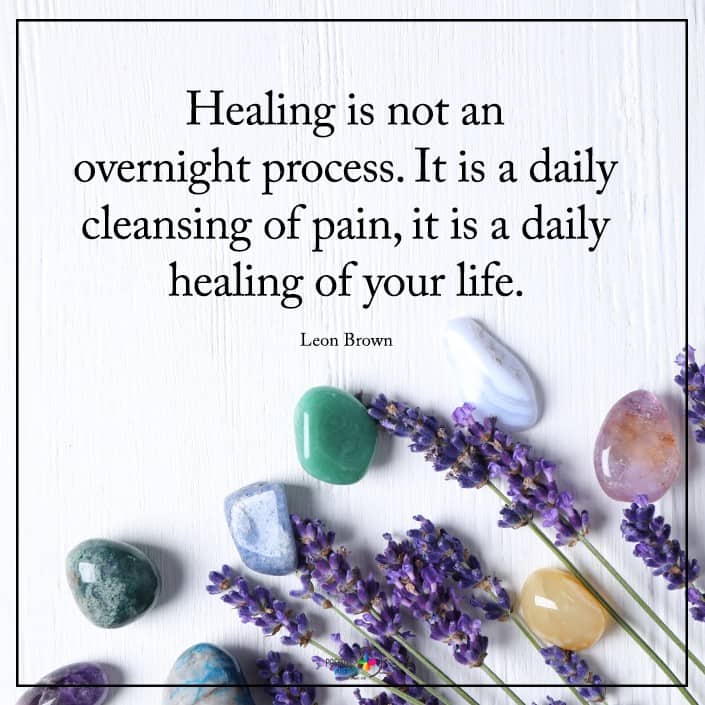A healthy immune system is a central part of survival and protection. It includes many organs throughout the body’s vast tissue and cell network. The function of the system is simple in concept but complex in detail. It must identify threats to the body, differentiate them from healthy objects, and eradicate unwanted intruders.
The overall function of the immune system can be tough to understand. It’s hard to comprehend the incredibly nuanced behaviors the system undergoes to protect you effectively. What’s the secret? What’s going on in your body?
Here’s how a healthy immune system works!
1. White Blood Cells
White blood cells are crucial for the most significant roles in immune system responses. They can be found throughout the body, using lymphatic and blood vessels to travel around. A healthy immune system has plenty of white blood cells and can produce new ones.
Also known as leukocytes, white blood cells focus on seeking out pathogens and harmful microorganisms. When they detect these unwanted items, they multiply to meet these responses. They then send signals out to various other cells about the unwanted intruder.
How Pathogens Impact a Healthy Immune System
To destroy pathogens, white blood cells in a healthy immune system:
- Are capable of recognizing pathogens quickly
- Multiple and bind themselves to pathogens, thus completely engulfing them
- Using various natural chemicals to destroy the pathogens
For the most part, white blood cells can quickly detect harmful germs. But some pathogens can be harder to see and can slip unnoticed, harming you and making you very ill.
How The Body Stores White Blood Cells
While white blood cells can travel throughout most of the body, they are stored in:
- Bone marrow, that is, the fluid in the middle of bones
- The thymus, which is a gland beneath the neck nestled between the lungs
- Lymph nodes are small glands connected by lymphatic vessels throughout the body
- The spleen is a blood-filtering organ just above the abdomen and to the left
There are two primary white blood cells in a healthy immune system. The first is called a phagocyte. These cells are responsible for surrounding, engulfing, and breaking down pathogens. To a degree, they “eat” the germs they’re trying to eliminate. Types of phagocytes include:
- Macrophages, which remove dying and dead cells and seek out pathogens
- Mas cells, have numerous different jobs that include anti-pathogen defense and wound healing
- Monocytes, which are very large phagocytes with multiple jobs
- Neutrophils, which are the most common phagocyte type and typically attack bacteria
But what, then, about the second type?
2. The Role Of Lymphocytes
The second type of white blood cell is lymphocytes. These have a particular purpose in recognizing previous pathogens and attacking them should they appear again. This allows the body to “remember” the best way to tackle various microorganisms practically, and safely.
There are two different kinds of lymphocytes. The first type is called a B lymphocyte. This type of lymphocyte, also called a B-cell, remains in the bone marrow where it is created. They’re responsible for antibody production and carry alerts to other lymphocytes.
Antibodies are a kind of protein that binds antigens. Antigens are any pathogen that triggers an antibody response. When B-cells realize an invading antigen, antibodies mark that invader for the rest of the immune system to find and destroy it.
Common Antibodies Include The Following:
- IgA, protects orifices in the body by existing in fluids like saliva and tears
- IgD, which remains with B-cells to help kick-start immune responses
- IgE, which protects you from parasites but also triggers allergies and allergic reactions
- IgG, or immunoglobulin, marks various microorganisms for other cells to handle
- IgM, which kills bacteria
The second type of lymphocyte is T-lymphocytes or T-cells. After creation, these cells travel to the thymus and focus on altering leukocytes and destroying intruder cells. Helper T-cells do the former role, while killer T-cells perform the latter.
Lymphocytes of all kinds also release chemicals known as cytokines. These molecules are designed to signal various body parts and are involved in immune responses differently. A healthy immune system’s cytokines include chemokines, interferons, interleukins, and lymphokines. These cytokines affect lymphocytes and other cells by stimulating inflammatory responses.
Inflammation at this controlled level is crucial for repairing tissue, fighting antigens, and dealing with infections. This is why, for example, fevers are a typical response to the presence of an unwanted virus. Inflammation helps to strengthen the immune system when it needs that extra kick.
It is worth noting, of course, that chronic inflammation is unhealthy and can cause numerous different issues in the body. As with all things, an excess of this response will harm you more than help you.

3. The Types of Immunity
Each person has a different immune system, but for the most part, a healthy immune system will become stronger over time. This is why children are more prone to illness than adults. This is because the immune system is good at handling antigens it has already encountered.
Kids who get sick are exposed to many different pathogens that their body has to learn to fight. These germs and microorganisms are remembered by the body, allowing a better, more robust response in the future.
Eventually, repeated exposure to an antigen can cause the body to develop immunity to that particular intruder. Essentially, your white blood cells will be able to destroy the antigen the second it sees it. This is most obvious in cases like chickenpox, where if you get the disease once, your body doesn’t get it again.
This impressive defense is known as immunity. There are three kinds:
· Innate Immunity
Human beings are naturally born with some level of immunity. This allows them to fight primary germs and pathogens that may harm other animals or living creatures. The human body cannot get certain diseases, even with direct exposure, except in sporadic cases. Studies show that this is due to unique pattern recognition receptors as immune sensing.
· Adaptive Immunity
Also known as acquired immunity, this refers to immunity learned through exposure over time. It may come from sickness or vaccinations. Some people call this immunological memory, as it’s an example of a healthy immune system capable of remembering past intruders’ faces. Studies show that this involves the identification of “signature” features of various antigens.
· Passive Immunity
This type of immunity is temporary and comes from quick sources. The most obvious example of this is in babies. Babies can receive immunity from specific antigens by consuming antibodies through breast milk. They lose that immunity when they are weaned off the milk or don’t consume it for a while.
4. Disorders That Affect The Immune System
Not everyone has a healthy immune system; several conditions can affect the body’s natural defenses. These include the following conditions:
· Allergies
A healthy immune system responds to allergens by expelling them and quickly removing them. Allergy diseases, however, because that response can dial up to 11. The severity of such allergies can even become life-threatening in some cases.
· Autoimmune Disorders
Autoimmune disorders occur when B-cells misidentify threats, producing autoantibodies. Autoantibodies attack the body instead of invader cells, thus making you fight your body by considering things like organs, cells, and tissues unfamiliar invaders. On the other hand, a healthy immune system can fight off this attack.
· Immunodeficiency
Immunodeficiency refers to an under-activity of the immune system. This can cause a genetically inherited disease, such as SCID, or occur due to diseases like cancer or HIV. It can also come from specific medical treatments and medications, like chemotherapy.
Individuals with these disorders will need special treatment and unique considerations to keep themselves safe and healthy.
Final Thoughts On How A Healthy Immune System Works
The human immune system is an essential part of the survival of our species. Without it, we would be highly vulnerable to various diseases and illnesses. Therefore, we would have likely gone extinct a long time ago!

















